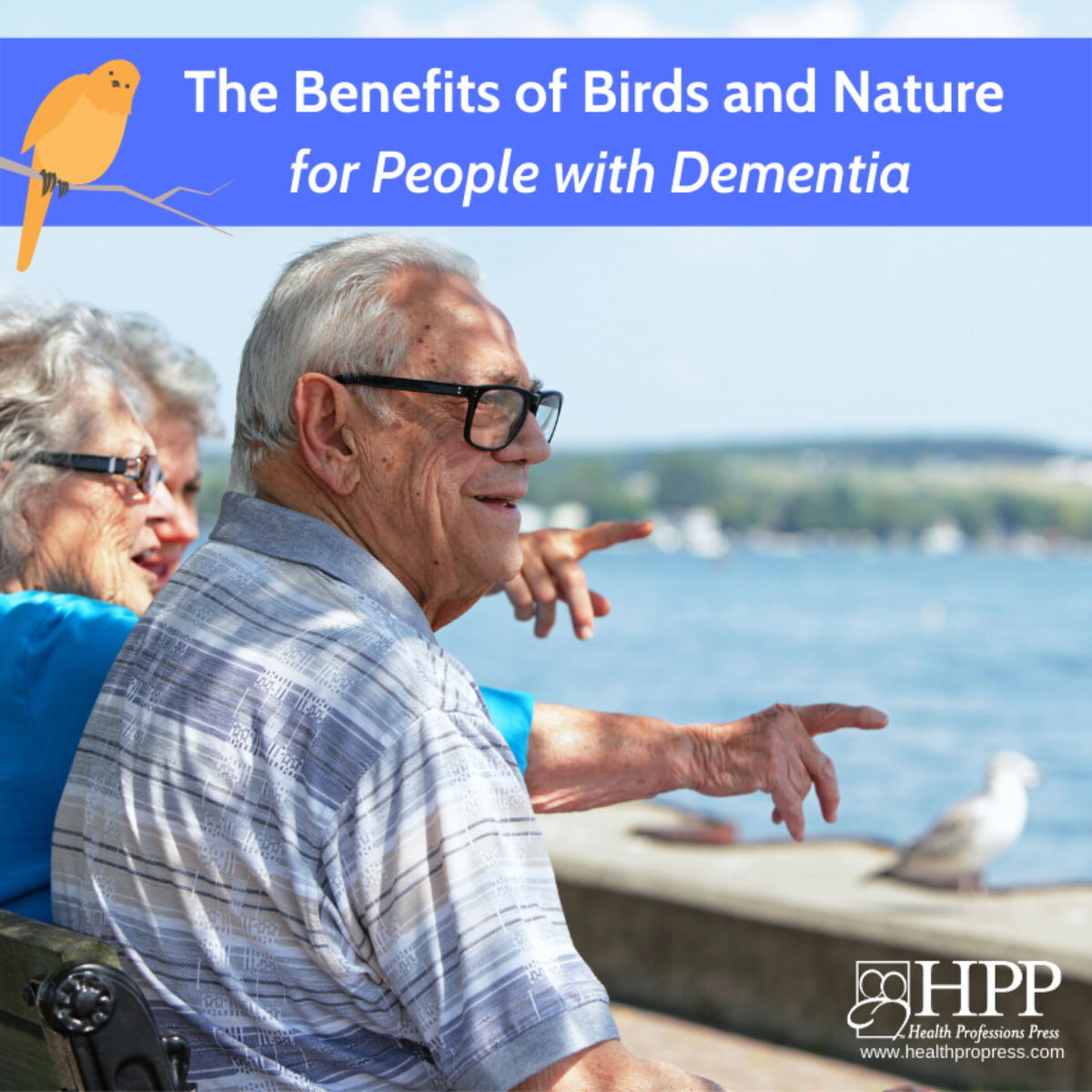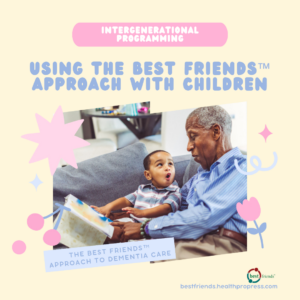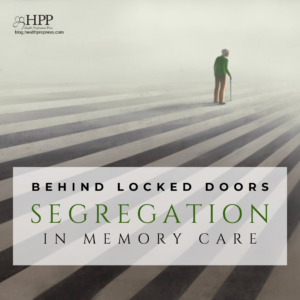
The Benefits of Birds and Nature for People with Dementia
The healthcare community, urban planners, and government agencies are all acknowledging what researchers have been saying for decades: Green spaces can revitalize a person physically, psychologically, and socially. Environmental psychologist, Kathleen Wolf at the University of Washington has gathered more than 1,800 research papers spanning the past 40 years—most published in the last decade—that show that green spaces in cities can provide a number of benefits, including: faster healing; reduced ailments, such as high blood pressure and diabetes; increased coping and learning capacity; promotion of a sense of community and self-esteem; and, in some cases, reduced crime.
Nature’s healing powers have been described in many examples and include interactions among behavior and outcomes and human phenomena. For instance, it may be difficult to differentiate whether positive outcomes are a result of increased exposure to natural light or fresh air, increased socialization, or greater autonomy. Nature-based interventions may target specific behaviors, actions or systems; yet, this level of specification is relatively new and requires additional research.
Although people with dementia may react differently to stimuli, intervention studies have show reductions in agitation, improved depression, greater diversity of activity, improvement in mood, positive staff interaction, and enhanced well-being. It is a natural progression to look more specifically at environments that include opportunities to interact with nature as a way to promote the physical and mental health, well-being, and quality of life of people with dementia.
The definition of nature exposure or nature experience includes a passive interaction, such as watching birds through a window, listening to bird calls, or sitting on a bench outdoors looking at flowers, as well as a more active and interactive approach that could involve gardening or walking along a path. However the interaction or exposure occurs, it can provide an abundant source of multisensory stimulation in physical, emotional, behavioral, psychological, spiritual, and/or cognitive domains.
So what makes nature so powerful? Our reactions to it may stem for our deep evolutionary roots, says child environment and behavior researcher Andrea Faber Taylor. She and her colleague Frances Kuo at the University of Illinois have based their research of our relationship with the environment on the Attention Restoration Theory, which says that we have two kinds of attention: directed and involuntary.
Taylor explains: “We only have a finite capacity for effortful attention. By making yourself stay on task, you can become fatigued, irritable, and eventually be less productive. Things in nature—insects, birds, moving tree leaves, flowing water, fire—are naturally fascinating to us because as humans evolved, those who paid attention to these things were better able to survive. We are calmed and our directed attention is restored by green spaces because viewing them is a gently engaging experience.”
By embracing nature and all that it has to offer in dementia care, it allows residents, families, visitors, and staff to share the simple pleasures in life.
Attracting birds to your community
The needs of birds are not much different from our own. Food and water are absolute basics, but so is shelter or cover to serve as protection from the weather and a safe place to raise a family. Provide these fundamental elements in your backyard habit, and you will attract numerous visitors.
- FOOD: Many backyard birds are insect eaters, but will supplement their diet with nuts, seeds, fruit, or nectar, depending on the species.
- WATER: All birds need water for drinking and for bathing. By providing a clean, fresh source, you will attract more species than will visit just bird feeders.
- NESTING: Birds will remain in your habitat during the breeding season if they have places to nest and raise young.
- SHELTER: Birds need places where they can hide from predators and inclement weather. Trees, shrubs, meadows, and even rock walls provide such shelter.
For more detailed instruction on how to attract birds to your community, get Bird Tales: A Program for Engaging People with Dementia through the Natural World of Birds.
This post was excerpted from Bird Tales: A Program for Engaging People with Dementia through the Natural World of Birds, produced by Randy Griffin, R.N., M.S., HNC. Copyright © 2013 by Health Professions Press, Inc. All rights reserved.
Learn how to implement the Bird Tales program!
 Bird Tales
Bird Tales
A Program for Engaging People with Dementia through the Natural World of Birds
Produced by Randy Griffin, R.N., M.S., HNC
Copyright © 2013 by Health Professions Press, Inc.
Developed by a dementia care expert and an environmental specialist from the Audubon Society, Bird Tales is an easy-to-implement, therapeutic program that uses multisensory stimulation and the natural world of birds to help people living with dementia interact with their environment and share meaningful experiences with others. This training DVD and step-by-step implementation guide will walk you through creating an outdoor environment at any care facility to attract birds and promote participants’ engagement. Appropriate for people in any stage of dementia, including advanced.
and Bird Tales™ ![]() are trademarks of Health Professions Press.
are trademarks of Health Professions Press.





Add comment